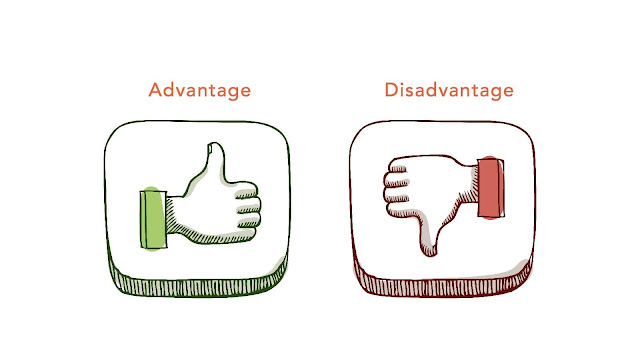 |
| Advantages And Disadvantages Of 1 Child Policy |
Advantages And Disadvantages Of 1 Child Policy
What is 1 Child Policy?
The One-Child Policy was a population control policy implemented in the People's Republic of China between 1979 and 2015. It limited most urban couples to one child and allowed two children for rural families if the first child was a girl or had a disability. The policy was put in place due to concerns about overpopulation and limited resources in China.
The One-Child Policy had several key features:
-
Strict enforcement: The policy was enforced through a system of rewards and punishments, including fines and loss of employment, for couples who had more than one child.
-
Exceptions: There were some exceptions to the policy, such as for ethnic minorities and rural families.
-
Family planning education: The government provided family planning education and contraceptives to promote the policy.
-
Aging population: The policy led to an aging population, as there were fewer young people to support the elderly.
-
Gender imbalance: The policy also contributed to a gender imbalance, as some families preferred to have a son, leading to sex-selective abortions and a shortage of girls.
The One-Child Policy was controversial, with some criticizing it for violating human rights and leading to forced abortions and sterilizations. Others argue that it was necessary to control population growth in China and prevent resource depletion. In recent years, the policy has been relaxed, allowing some families to have two children, due to concerns about the aging population and workforce.
Advantages of 1 Child Policy
While the One-Child Policy in China was controversial and had some negative consequences, there were also some perceived advantages, including:
-
Reduced population growth: The One-Child Policy helped to slow population growth in China, which was seen as a major concern for the country's limited resources and the strain on the economy.
-
Improved economic conditions: With fewer children to support, families could invest more in education and resources for their single child, potentially improving the economic conditions for families.
-
Improved quality of life: With smaller families, parents could provide more attention and resources to their single child, potentially leading to better health, education, and overall quality of life for children.
-
Environmental benefits: The One-Child Policy was seen as a way to reduce strain on the environment and natural resources, as a smaller population would require fewer resources.
-
Gender equality: The One-Child Policy was seen as a way to address gender inequality in China, as it limited the traditional preference for male children and promoted equality between genders.
It should be noted, however, that these perceived advantages are highly debated, and there were also negative consequences associated with the policy, such as forced abortions and sterilizations, gender imbalances, and an aging population.
Disadvantages of 1 Child Policy
The One-Child Policy in China also had several disadvantages and negative consequences, including:
-
Human rights violations: The policy led to widespread violations of human rights, including forced abortions and sterilizations, and restrictions on reproductive freedom.
-
Gender imbalance: The preference for male children led to a significant gender imbalance in China, with more males than females, which can have negative social and economic consequences.
-
Aging population: The policy contributed to an aging population in China, with fewer young people to support the elderly.
-
Psychological impact: The One-Child Policy could have negative psychological impacts on families, as the emphasis on having only one child and the pressure to succeed placed on that child can be overwhelming.
-
Social consequences: The One-Child Policy has led to changes in traditional family structures and values, with fewer siblings and a focus on the individual rather than the collective.
Overall, while the One-Child Policy was implemented with good intentions of slowing population growth and improving quality of life for families, it had several negative consequences that outweighed its perceived benefits. The policy has since been relaxed, allowing some families to have two children, in recognition of these negative consequences.






0 Comments:
Post a Comment